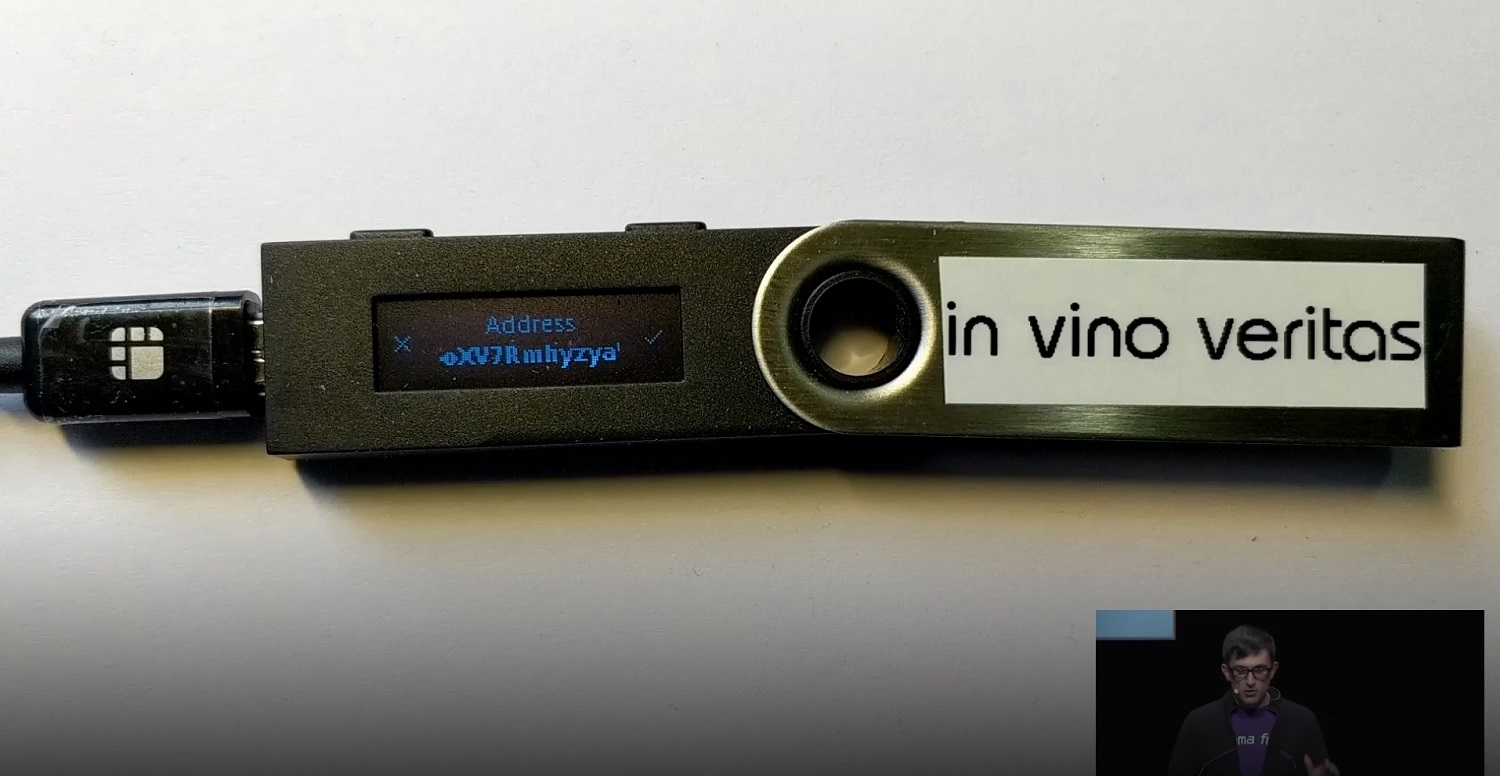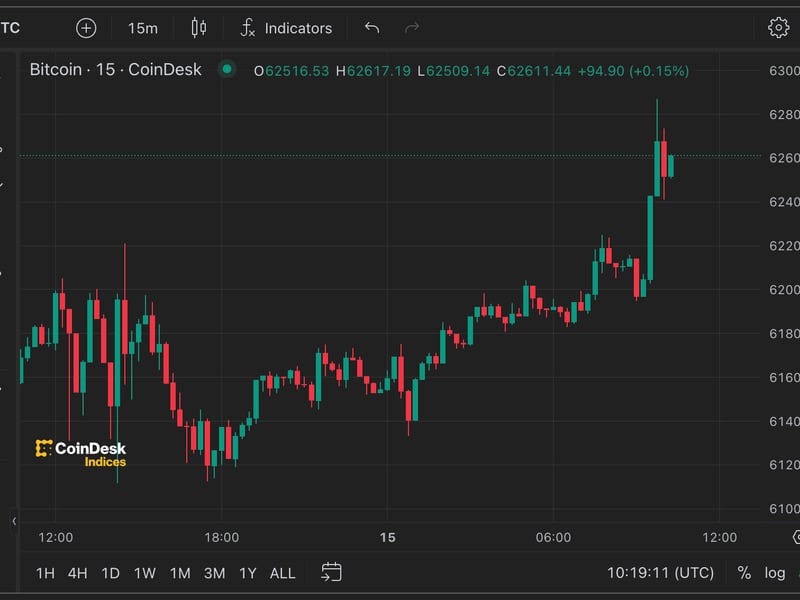Every Credit Card a Tribe, Every Crypto Coin a Scaling Debate
Every Credit Card a Tribe, Every Crypto Coin a Scaling Debate
A bunch of my friends from high school back in Kansas were getting together for a birthday at a hometown bar a little while back and I, now a New Yorker, couldn’t be there. So I told one of my buddies to buy everyone a round and Venmo me for whatever it cost.
His response: “What’s Venmo?”
It was one of about a billion times life has told me that you can’t go home again, but this story would come as no surprise to Lana Swartz, a media studies professor at the University of Virginia. She’s the author of the book “New Money: How Payment Became Social Media,” which goes into detail explaining how payment apps are more than tools.
In short: Payment signals affiliation. Swartz calls payment groupings “transactional communities,” and every credit card or national currency represents one. As Swartz writes in her book, “Venmo is not a wallet, it’s a conversation.”
I’ve joined it. My old friends are still splitting the tab by hand. So it goes.
What about crypto?
“New Money” is a read that will force members of any crypto tribe to ask themselves: Who am I? What does using ETH or BTC or XLM or ATOM say about me and those with whom I affiliate?
Swartz’s book is all about the complex story of how payments work, and what your chosen currency says about you.
Acknowledging this, Swartz describes blockchain in particularly in a grand way, writing:
“A money that remembers better is, for many people, the ‘dream’ promised by blockchain, a perfect transactional memory, a truly distributed ledger of all money’s distributed agency, eternal and transcendent of human incapacity, remembering everything and beholden to no one.”
As Swartz put it when we spoke, there was a camp of early Bitcoiners, those who counted themselves among the cypherpunks or an adjacent group, who knew that “getting the money right will either be a matter of having the internet be just another overlay on the existing kind of tyranny, existing power, or it could really be an opportunity for changing society for the better.”
But, since Bitcoin, more than a thousand cryptocurrencies have sprung up, and 25 of those (as of this writing) have market capitalizations greater than $1 billion. Nothing gets to that kind of value without some number of people buying into its message.
But blockchain tribes tell garbled stories about themselves; each credit card company knows exactly how it wants its customers to see themselves.
Peasants into Frenchmen
It should be noted that “New Money” is about payment, not crypto, but it gives crypto a respectful spot in the overall story, which is a useful one for this industry.
Adopting a given kind of money has long helped instill a shared identity. In our conversation, Swartz and I revisited her book’s discussion of Eugen Weber, the UCLA historian who wrote in 1976 of how the French franc was a key tool in turning “peasants into Frenchmen” because using it gave them a transactional community, one where the fruits of their labor could be redeemed far from home.
Since nations demonstrated the efficacy of creating transactional communities to bind their people, the private sector has just gone on building more and more transactional communities on top of fiat. Swartz describes how traveler’s checks were a way for wealthy people to show that their money was good all over the world. Charge cards were a way for businessmen to show they were elite.
And bitcoin came along and showed that some people bought into this complicated idea of self-sovereignty, the idea that two people should be able to exchange value without anything bigger (be it a state or a giant company) standing between them. But how well are the converted telling their conversion story?
But hold on: I suspect some readers think I am, on Swartz’s behalf, overselling this notion that payment method has meaning. If so, consider one compelling data point: this 2015 post she cites on the website Budgets Are Sexy, unpacking what a date’s method of payment indicates about him.
It will be a brand new thing for single guys to be neurotic about. You’re welcome.
What are we talking about?
So who are the people transacting in crypto?
I tried and failed to get Swartz to make broad generalizations about crypto communities because she’s been watching them since at least 2013. She demurred, no clue why.
That said, she was willing to say how strange it is that so much energy is going into payments, a sector that has typically been viewed as quite dull.
“If you had told anybody 10 or 20 years ago that there would be a subculture of young, kind of cool people trying to come together to build an alternative financial system,” she said, “that’s kind of historically unprecedented.”
But what crypto natives might not have really wrapped their heads around just yet, and they need to in order to advance, is that using these things isn’t just about disrupting rent-seekers or establishing self-sovereignty, it also means choosing between either inducting people into a transactional community or accepting that these cultures will get diluted if they manage to grow.
I am not especially convinced crypto’s evangelists are thinking about either. “Ethereum developers in Berlin look really different than venture capitalists in Silicon Valley, but they both look really different than people at home just trying to buy the latest asset,” Swartz said. She’s not so sure anyone’s accounting for those differences.
Meanwhile, the mainstream payment rails aren’t just winning out over crypto, they are winning out over nation-states, too.
As Swartz put it, payment rails are already eroding the state. “In practical and really mundane ways I think of myself traveling as a citizen of American Express as much as I do the United States.”
Isn’t this just the fight Bitcoin was supposed to win?
Swartz took this a step further: Travelers in another era might have called their consulate when they found themselves in trouble abroad; she feels sure her first call would be to her credit card company and most likely many others like her would say the same.
Plastic diplomacy
This all feels much like the sort of vending-machine citizenship that Davidson and Rees-Mogg predicted in 1999’s “The Sovereign Individual” (part of crypto’s lingua franca), but Swartz doesn’t think it will actually play out quite so neatly or quite so pleasantly, with everyone just freely picking and choosing their citizenry.
“I can easily imagine, in the withering of the state – not these really exciting networks of alterity – just corporate-states replacing nation-states,” she said. In other words: everything we dislike about government and big companies, together at last.
But if Venmo succeeded by becoming a conversation, can crypto do the same?
Writes Swartz:
“State-issued currency created a ‘common economic language’ for citizens of the nation-state, social media money offers a private, cohesively branded experience of economic communication.”
So if using crypto is also a conversation, then what are we talking about when we transact in it? And who else would want to join in such a discussion if they knew it was taking place?
Consider this: For my buddies in Kansas, the Venmo conversation was not one that interested them – even if it meant free beers.
Right now, PayPal, Mastercard and their allies in Washington and Frankfurt are winning the game of expanding their transactional communities. They have a larger conversation going, but that doesn’t mean there isn’t room for other ways to operate in parallel.
Swartz said, “I think there are all kinds of people living outside the state all the time and that will absolutely be true in the future.”









